The new anime season continues, with lots of fun series for fans to enjoy. One I’m especially happy to see return is Restaurant to Another World (aka Isekai Shokudou), a relaxing series about a magical restaurant serving Western-style dishes to characters from fantasy worlds.
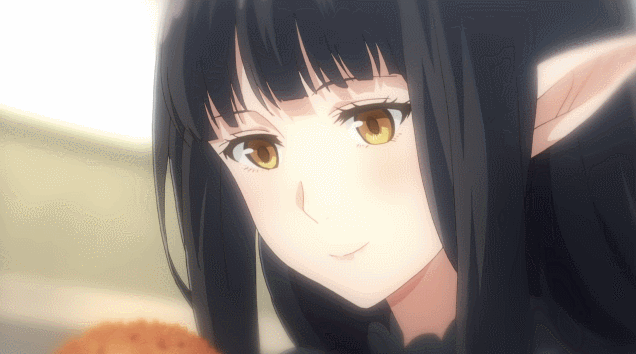
The story of Isekai Shokudou couldn’t be simpler. A run-of-the-mill eatery in Tokyo called Western Restaurant Nekoya has a secret: one day a week, it flips between various fantasy worlds, allowing the various humans, elves, dwarves, dragons and other magical citizens there to step inside and enjoy a hearty meal, and perhaps a few rounds of beer. It’s based on a light novel series by Junpei Inuzuka that originally appeared on the Shosetska ni Narou! (“Let’s Become a Novelist!”) user-generated site before being picked up for distribution under the Hero Bunko label.
Western Restaurant Nekoya is run by a human cook who was trained in Western cooking as well as Chinese and Japanese cuisine. He goes by the name “Master” as is common in Japan, and we don’t know his name. A demon girl named Aletta and a dragon girl named Kuro both work for him as waitresses, and eat the amazing foods from our world that he makes for them after closing up shop for the night. Each episode involves some new magical character wandering into the restaurant, where they discover amazing Western and Japanese foods from our world.
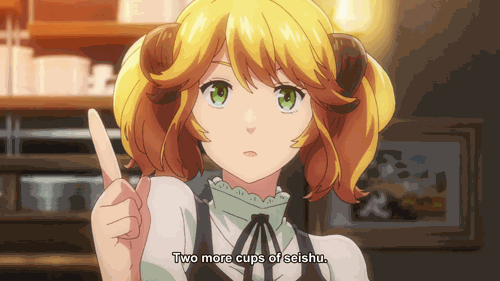
Restaurant to Another World is very much a “foodie anime,” and great care is taken to not only show how delicious the food is visually, but to describe it from each character’s point of view. It’s not an anime to watch late at night, unless you don’t mind getting hungry.
What Restaurant To Another World Can Teach us about Japanese Food
While all countries influence each other in various ways, including the food they eat, Japan’s history is unique because from 1603 to 1868, the country was closed off to the outside world, because the leaders of the Tokugawa Shogunate saw that the influence of the colonizing Western powers would only be to Japan’s detriment. When the country was opened by American Admiral Perry, the country underwent a crash course at Westernizing, adopting the clothing, architecture, military training and culinary influences from the rest of the world.
The kanji for the West is 洋, and it shows up in Japanese daily life. Modern Japanese wear Western clothing (洋服 yohfuku) instead of kimonos, and they usually sit in Western-style rooms (洋間 yohma) with tables, chairs and sofas as opposed to sitting on the floor in tatami rooms. And increasingly, they prefer Western-style toilets compared to the old squat-type Japanese ones.

While we might think of somewhat exotic foods like katsudon to be quite Japanese, in reality the food is considered yohshoku, or Western cuisine… though in reality a lot of the dishes that fit into this category are hybrid foods that blend East and West together to make something completely new.
Want to see even more delicious Western foods in anime? Here’s a blog post for you!
What is ‘Ethnic Food’ to the Japanese?
In general, food comes in certain categories for Japanese people, which are
- 和食 washoku or Japanese food, which is everything from sushi to sashimi to soba noodles.
- 中華 chuuka, or Chinese food, which is so culturally close to Japanese food it can be hard to separate them sometimes. Japanese people eat dishes like yakisoba (the local version of chow mein) as well as gyoza dumplings so often, they don’t feel like “foreign” foods at all.
- 韓国料理 kankoku ryouri or Korean food. While there are many amazing dishes to discover, the most common are kimchee, the famous spicy pickled cabbage I can’t get enough of, and Korean BBQ, which is the Japanese equivalent to going to to the Olive Garden.
- 洋食 yohshoku, a generic word for all Western food, whether actual dishes imported from Europe or America such as 7-course French meals, as well as the hybrid foods below.
Let’s Learn about Western Food Through Isekai Shokudou!
Here are some of the best yohshoku dishes that you can find in the Restaurant to Another World anime!
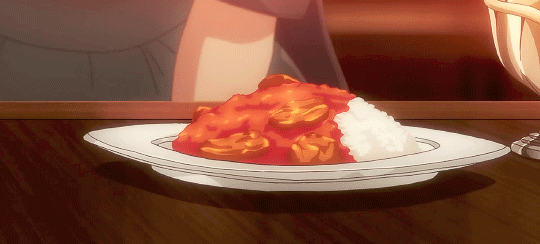
Curry Rice. When most of us think of curry, we think of India, but since curry was introduced to Meiji-era Japan through the U.K., it was originally viewed as a posh European dish. Curry has become the unofficial national food of Japan, and we eat it 2-3 times a week in our home.
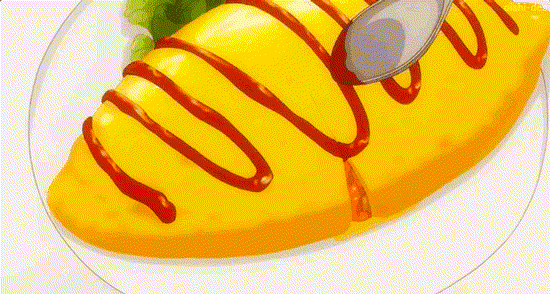
Omelette Rice. Another mysterious food we all learned about from anime, omurice is basically an omelet over steaming rice mixed with ketchup mixed with rice underneath.
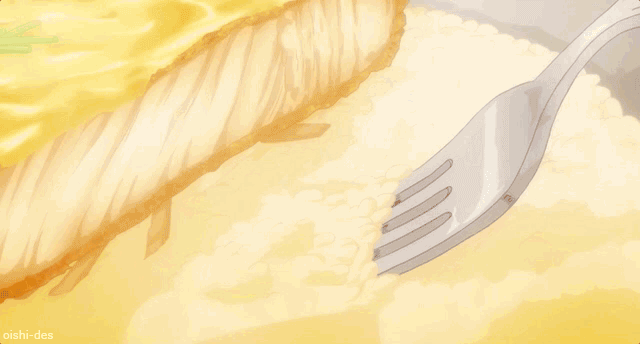
Katsudon. One of my favorite foods, pork cutlet rice bowl consists of a breaded and fried slice of pork that’s then eaten over a large bowl of rice, with scrambled egg, onions and soy sauce mixed in. I can’t think of any “Western” food that’s like this, but the dish is definitely believed to come from Europe.
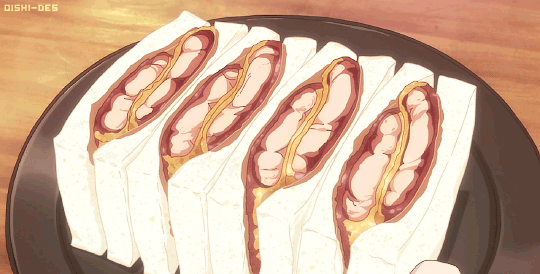
Katsu Sando. Another wonderful comfort food I could literally eat every day, its basically a fried pork cutlet that’s then made into a sandwich. According to legend, it was invented in the 1935 by a tonkatsu shop in Ueno. It spread quickly, being especially loved by geisha performers cho would eat it without messing up their makeup.
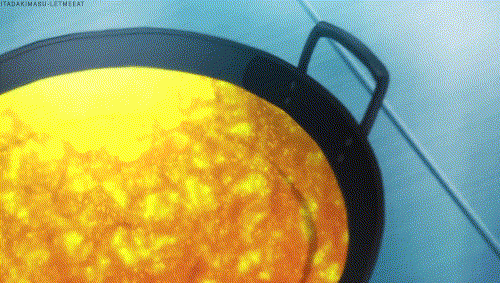
Curry Pan. Another ridiculously delicious food is curry pan, or fried curry buns, basically bread with curry inside that’s been fried up to be delicious. It’s probably not the healthiest thing to be eating, but I love it.
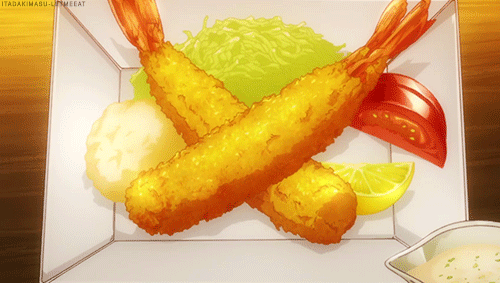
Ebi Fry. While tempura is considered a Japanese food with four hundred years of cooking, merely substituting bread crumbs for the normal tempura batter causes the food to become a “Western” dish, as in the case of ebi fry or fried, breaded shrimp. It’s really good with tartar sauce.
Thanks for reading this blog post about the Isekai Shokudou 2nd season. What Japanese food do you wish you were eating right now? Tell us below, or on Twitter!
Our sister company J18 Publishing is fighting the good fight for fans, making it possible for them to enjoy the best 100% uncensored hentai doujinshi with full English translations, and super high-quality print quality too. See the new work, The Dorm Manager is Here to Take Care of You, here!















